What You Need to Know About the DFW Office Market
Giovanni Cordoves, western regional president at KBS, talks about in-demand amenities and expected sector performance.
The Dallas-Fort Worth office market continues to draw investors and remains a preferred hub within the Lone Star State, the leading destination for corporate relocations in recent years, mainly due to its pro-business climate and available talent pool, among other factors.
In the second quarter, nearly 8.9 million square feet of office space traded across the Metroplex, a 48.3 percent growth quarter-over-quarter, while leasing activity slowed, bringing the average vacancy rate to 17.9 percent, up 60 basis points compared to the first three months of the year, CommercialEdge data shows. Meanwhile, the Dallas-Fort Worth office development market took off, with 8.9 million square feet underway as of June, representing a 30.9 percent rise over the first quarter.
In an interview with Commercial Property Executive, Giovanni Cordoves, regional president of Western U.S. at KBS, an office investor in the market, spoke about demand for move-in-ready spaces and increased tenant interest in health and wellness amenities.
How would you describe the Dallas-Fort Worth office market’s performance in the first half of the year?
Cordoves: The Dallas-Fort Worth office sector exhibited many signs of growth, with the area consistently outpacing the national average for return to office in the first half of 2022. The market continues to expand because of its business-favorable tax policies and talent availability bringing companies such as Wells Fargo, who announced the development of a new regional campus with 800,000 square feet of office space, and Caterpillar announcing that they are moving their global headquarters into the area, and many more. Moves and expansions like these have become common in Dallas-Fort Worth and are expected to continue for the foreseeable future.
Retail and restaurant sector recovery this year is also benefitting the Dallas office market. In fact, the market saw strong retail leasing activity among furnishing and home improvement tenants. While restaurants were hit particularly hard during the pandemic, this sector is likely to recover as more and more restaurants are slated to open up this year.
Please expand on the leasing activity you are currently seeing in the metro.
Cordoves: Last year, Texas was ranked number one for growth as East and West Coast residents alike were attracted to the region’s low cost of living and abundant employment opportunities. This growth has created a need for spacious offices that can accommodate larger companies because many of the available jobs are office-intensive, thus adding to demand.
According to CBRE, Dallas-Fort Worth saw an average rent increase of 6.7 percent for well-amenitized office space, as the lower cost of living is helping to propel office leasing in the area. For example, we recently signed multiple leases at Preston Commons, a three-building office park located in the heart of the prestigious Preston Center submarket bringing the building up to more than 95 percent leased. The flight to quality in Dallas-Fort Worth is seeing a demand in particular for Class A office properties, which is what we own and why we continue to invest in our properties in the area.
What type of challenges are office investors and owners facing in the Metroplex?
Cordoves: The call for new and/or renovated office space is outpacing available supply in Dallas-Fort Worth. Rising construction costs and persistent supply chain issues are challenging developers to complete projects that can accommodate firms looking to expand in the area. As a result, companies are increasingly seeking move-in-ready spaces that provide exceptional amenities and management services. KBS took advantage of office downtime during the pandemic to accelerate its state-of-the-art spec suite program across much of our Dallas portfolio. This program offers turnkey spaces to meet tenant needs, offering them immediate office space, rather than having tenants wait for major office renovations.
What kind of office spaces are tenants looking for today?
Cordoves: Before 2020, health and wellness office amenities were growing in popularity as business owners and employees became increasingly health conscious. The pandemic accelerated interest in those amenities, including outdoor gathering areas and larger open spaces for collaboration and recreation. KBS also recently created two outdoor areas at Preston Commons, used by larger groups and individuals seeking an alternative spot to focus and collaborate.
Healthy indoor air has also become a key health and wellness amenity. Last year, in recognition of this, our firm recently verified more than 14 million square feet of Class A office space to achieve the UL Verified Healthy Building Mark for Indoor Air, including Providence Towers, Highland Park Place, 3811 Turtle Creek, Tollway North Office Park, Sterling Plaza, Preston Commons and Legacy Town Center in the Dallas-Fort Worth area. Achievements like these are growing in importance for tenants and investors. Along these lines, we are observing ongoing value in implementing ESG initiatives such as achieving sustainability through LEED certification, integrating EV car-charging stations, and achieving WiredScore status for superior internet connectivity.
Are there any developing trends that you can exemplify with KBS’ recent deals in the metro?
Cordoves: Tenants want office space that is designed to foster innovation and teamwork. To this end, we have found that incorporating open-air courtyards with high-speed Wi-Fi, outdoor meeting and workspaces, and exercise facilities makes sense at many Texas properties. These upgrades help offices remain a place where employees can socialize, collaborate and thrive.
Additionally, we are seeing numerous smaller companies prefer spec suites, which offer the curated amenities these firms are seeking in the market. The spec suites and amenities we added at Highland Park Place helped us reach 100 percent occupancy at the office tower last year.
What would you say are the Metroplex’s most in demand areas and why?
Cordoves: The path of growth continues to largely be north of Plano into Frisco. That said, numerous pockets continue to be extremely in demand and we are seeing record high rental rates on both office and multifamily properties. Those include, among others, the Knox/Henderson district near Downtown Dallas, which has really taken off. We recently helped develop a luxury apartment building in that area, Novē at Knox, that we were able to sell before the property was fully leased.
READ ALSO: 1st Mass-Timber Office Building in North Texas
Looking ahead, what are your short-term and long-term goals in the metro?
Cordoves: KBS is continuously evaluating its assets in this market for opportunities to upgrade by adding amenities that resonate with tenants in the metro. For example, we are exploring additional wellness amenities such as corporate gardens where tenants can take meetings or lunch breaks, modernized HVAC systems that can sanitize indoor air more effectively, and building apps that activate touch-free entrances and elevators where these features make sense.
On any given day, we are looking to invest in properties in the area that are in alignment with our investment strategy. This is true for DFW as well as other markets around the country.
How do you expect office demand in the Metroplex to evolve in the second half of 2022 and beyond?
Cordoves: Tenants are drawn to spaces that can accommodate a wide variety of users. These flex spaces, which may contain elements of industrial, office and life science real estate, increasingly integrate lifestyle amenities such as fitness centers, childcare and healthy food and beverage options to create a unique tenant experience and a productive working environment.


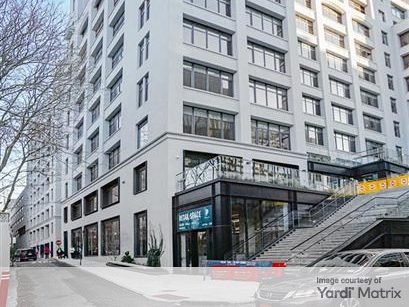
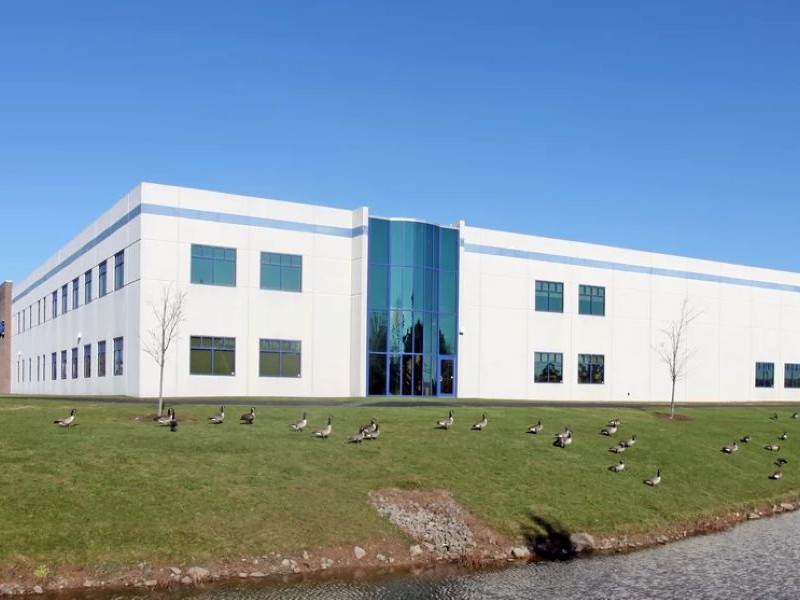
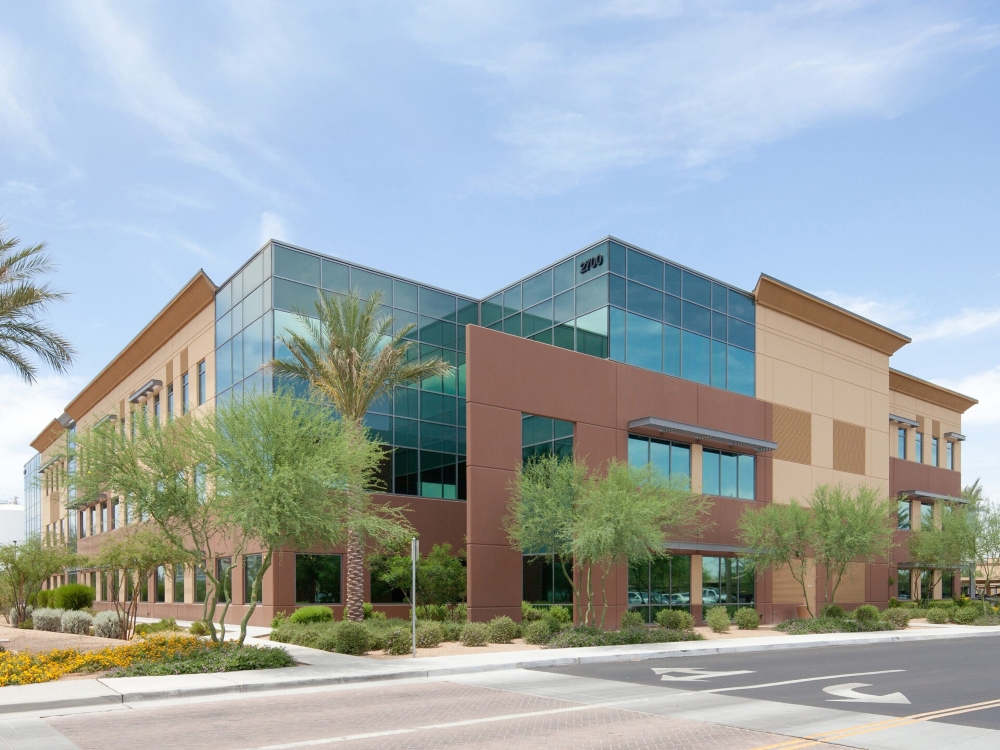
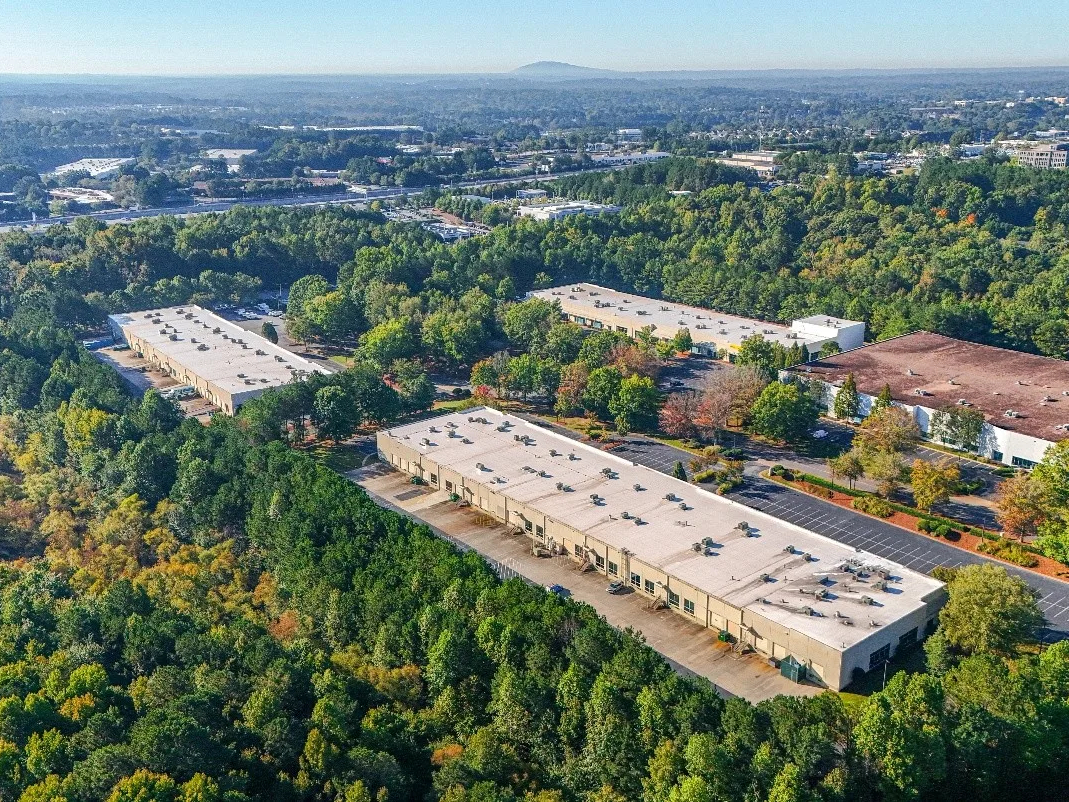
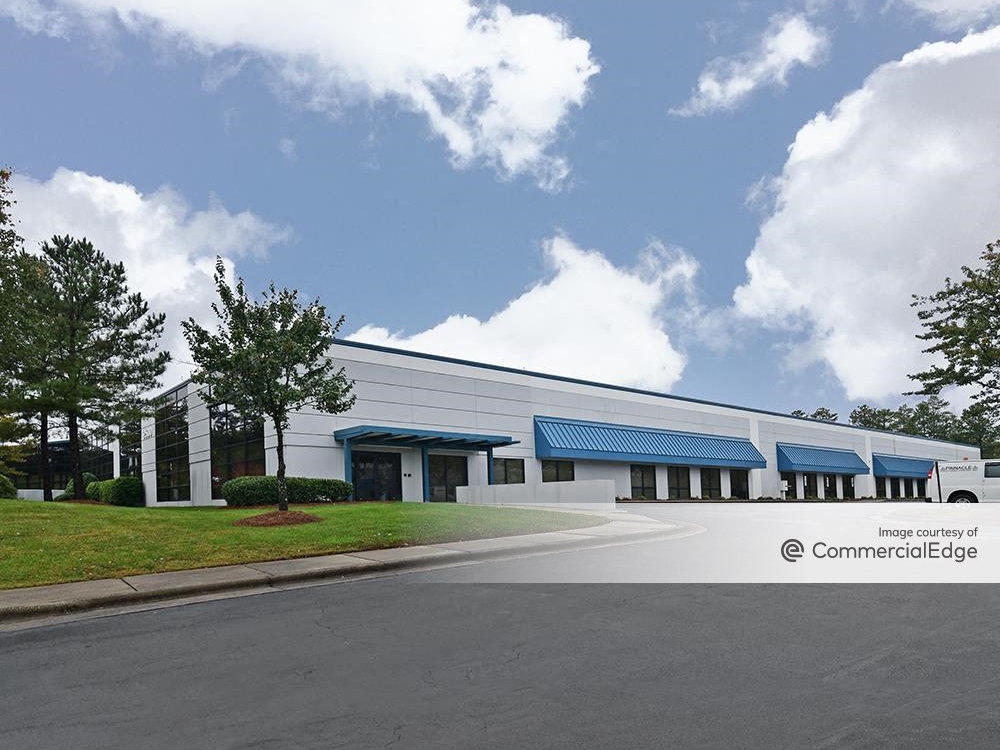

You must be logged in to post a comment.